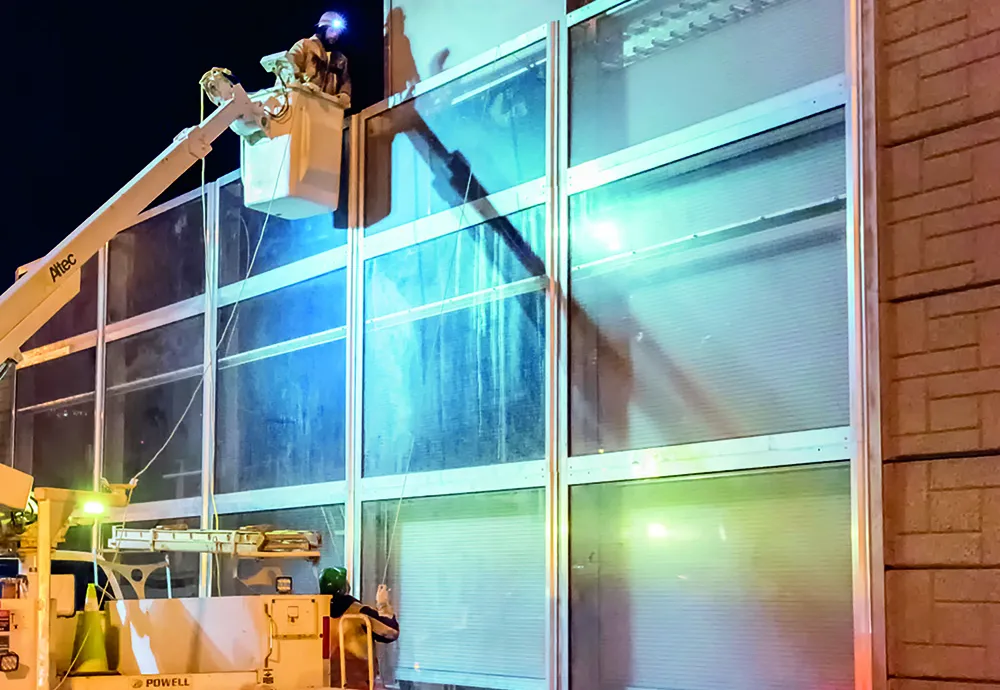According to a report from Pike Research, annual sales of plug-in electric vehicles (PEVs) are forecast to reach 400,073 in the United States and 107,146 in Canada by 2020, but the real story of these sales is in the cities and utility service territories where the vehicles will be located. Pike Research has analysed PEV sales by state and across cities with more than 500,000 residents in the United States, plus forecasts for Canadian provinces and the seven largest cities in Canada. These forecasts were c
September 18, 2012
Read time: 2 mins
According to a report from 5644 Pike Research, annual sales of plug-in electric vehicles (PEVs) are forecast to reach 400,073 in the United States and 107,146 in Canada by 2020, but the real story of these sales is in the cities and utility service territories where the vehicles will be located.
Pike Research has analysed PEV sales by state and across cities with more than 500,000 residents in the United States, plus forecasts for Canadian provinces and the seven largest cities in Canada. These forecasts were created by analyzing OEM vehicle rollout schedules, population and demographic trends in comparison to early PEV and HEV owner demographic profiles, and survey data on attitudes toward electric vehicles.
As a result Pike Research forecasts that California, New York, Florida, and Texas will lead the way in PEV sales. By 2020, Hawaii is expected to have the highest penetration rate of PEVs as a percentage of all light duty vehicle sales. Among metropolitan areas, New York City, Los Angeles, and San Francisco are anticipated to have the largest sales of PEVs through the decade. In Canada, the provinces of Ontario, Quebec, and British Columbia, which account for 75% of the Canadian population, will represent 97% of Canadian PEV sales by 2020. Toronto and Montreal will lead Canadian PEV sales.
Pike Research has analysed PEV sales by state and across cities with more than 500,000 residents in the United States, plus forecasts for Canadian provinces and the seven largest cities in Canada. These forecasts were created by analyzing OEM vehicle rollout schedules, population and demographic trends in comparison to early PEV and HEV owner demographic profiles, and survey data on attitudes toward electric vehicles.
As a result Pike Research forecasts that California, New York, Florida, and Texas will lead the way in PEV sales. By 2020, Hawaii is expected to have the highest penetration rate of PEVs as a percentage of all light duty vehicle sales. Among metropolitan areas, New York City, Los Angeles, and San Francisco are anticipated to have the largest sales of PEVs through the decade. In Canada, the provinces of Ontario, Quebec, and British Columbia, which account for 75% of the Canadian population, will represent 97% of Canadian PEV sales by 2020. Toronto and Montreal will lead Canadian PEV sales.










